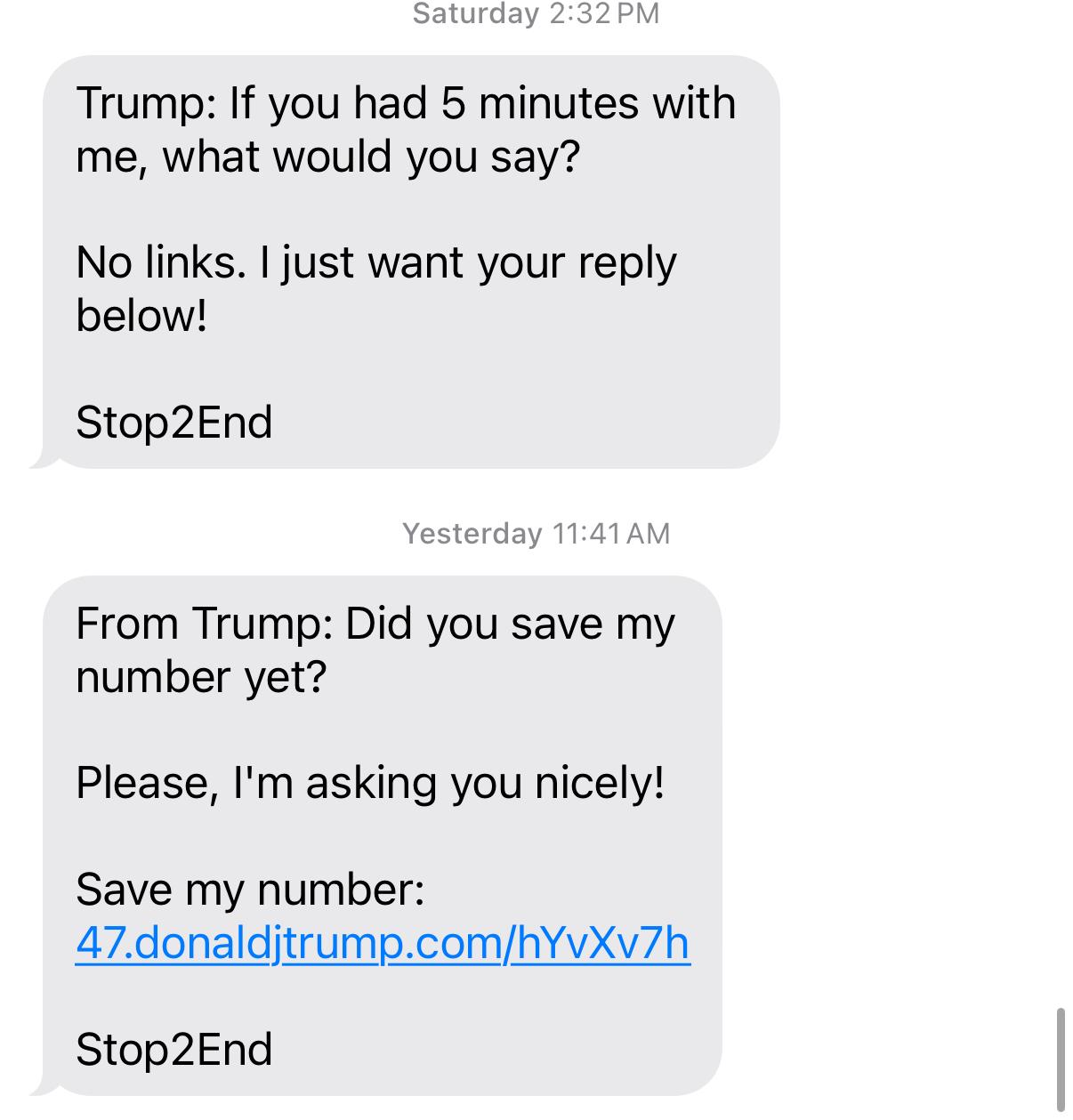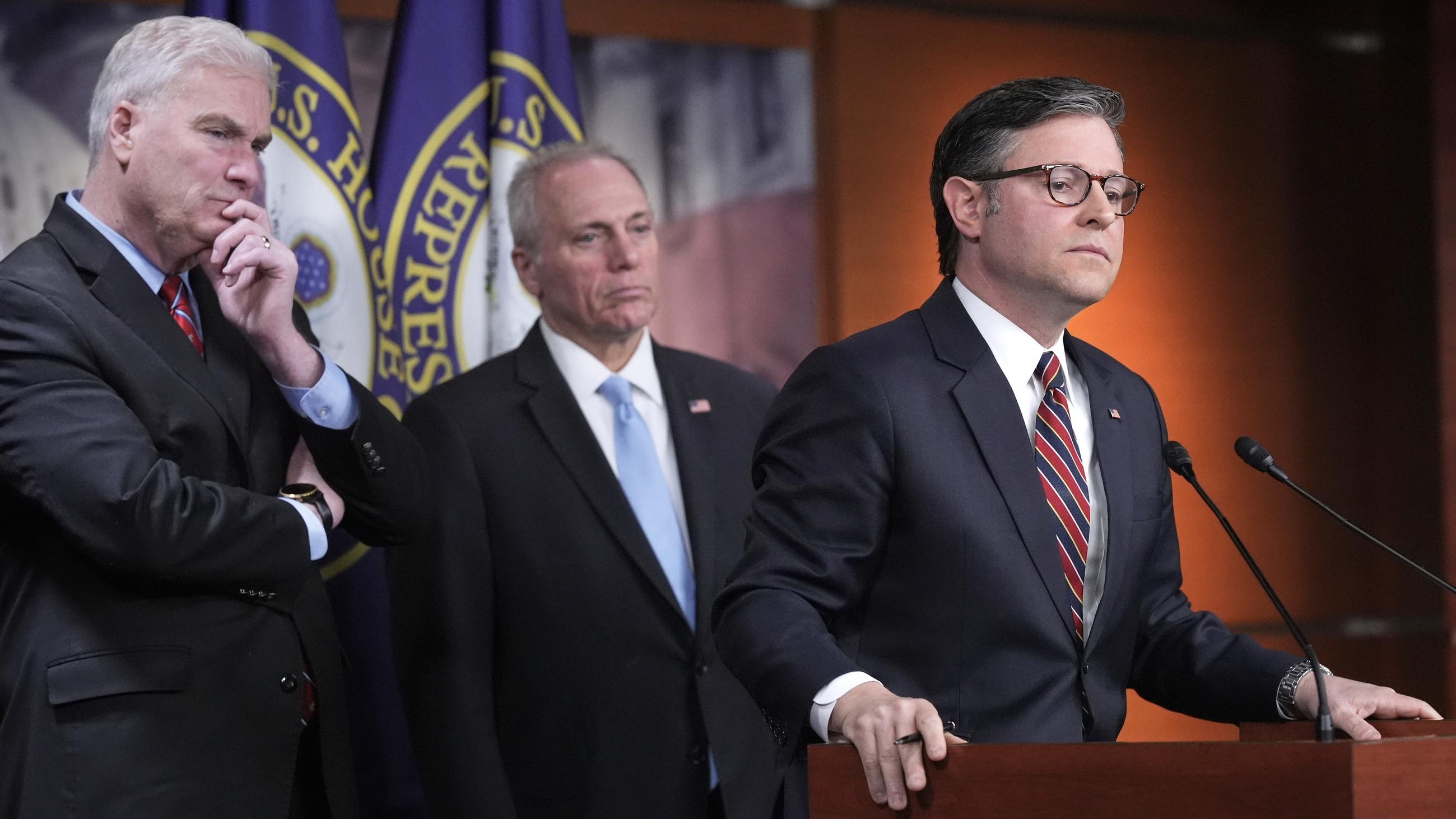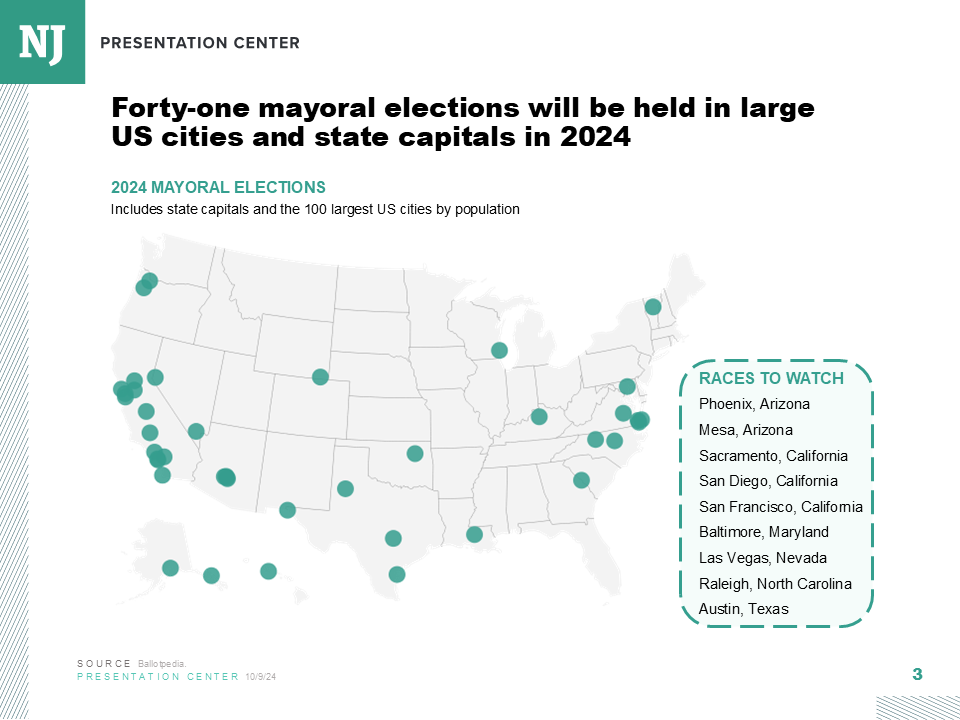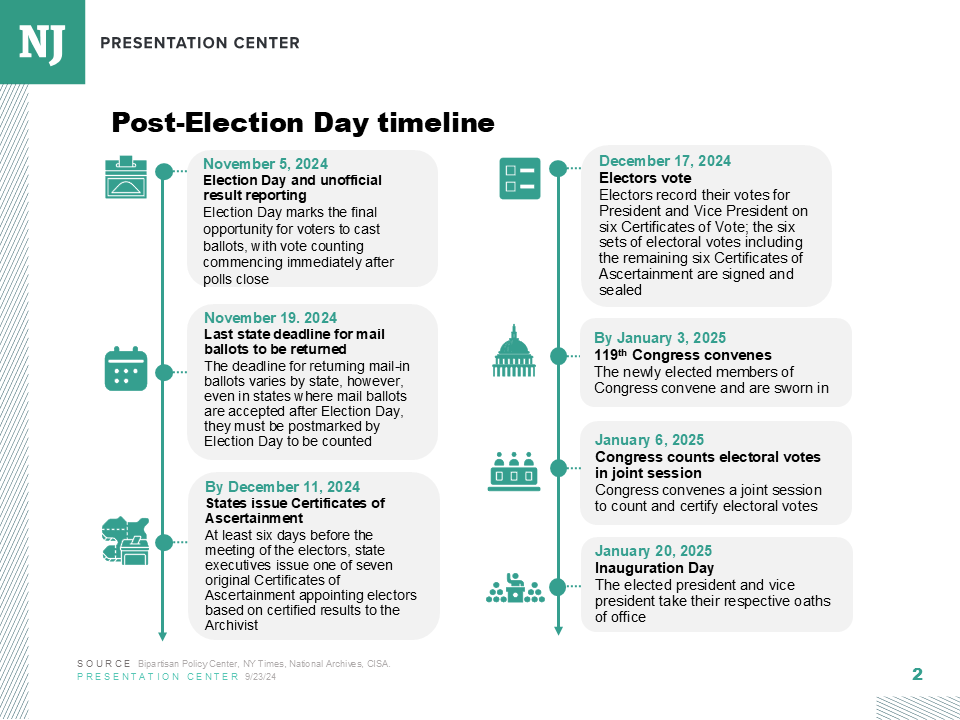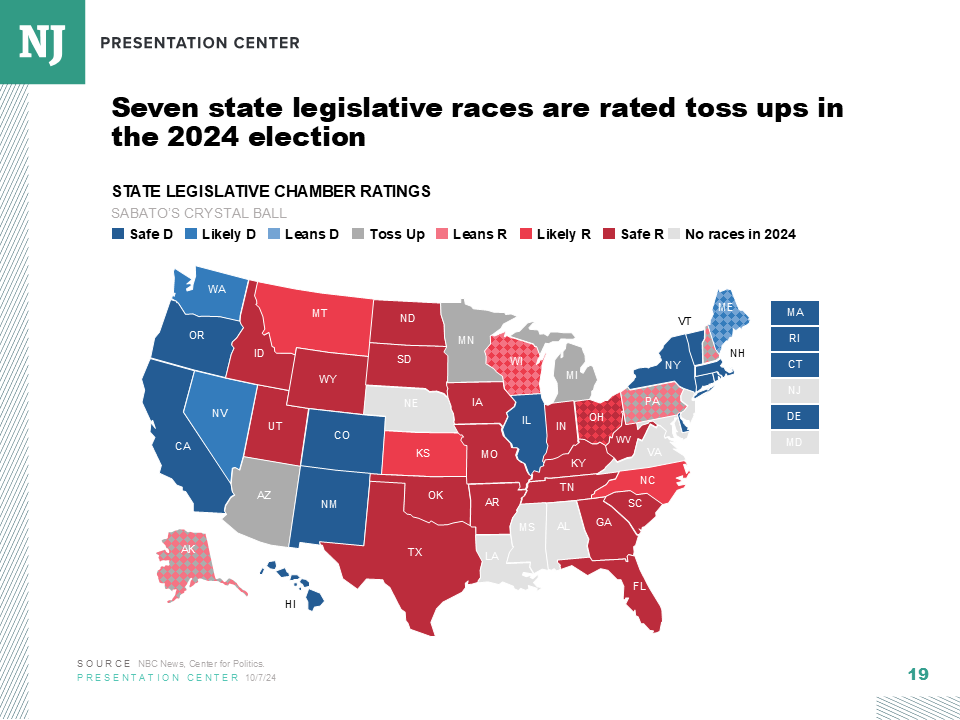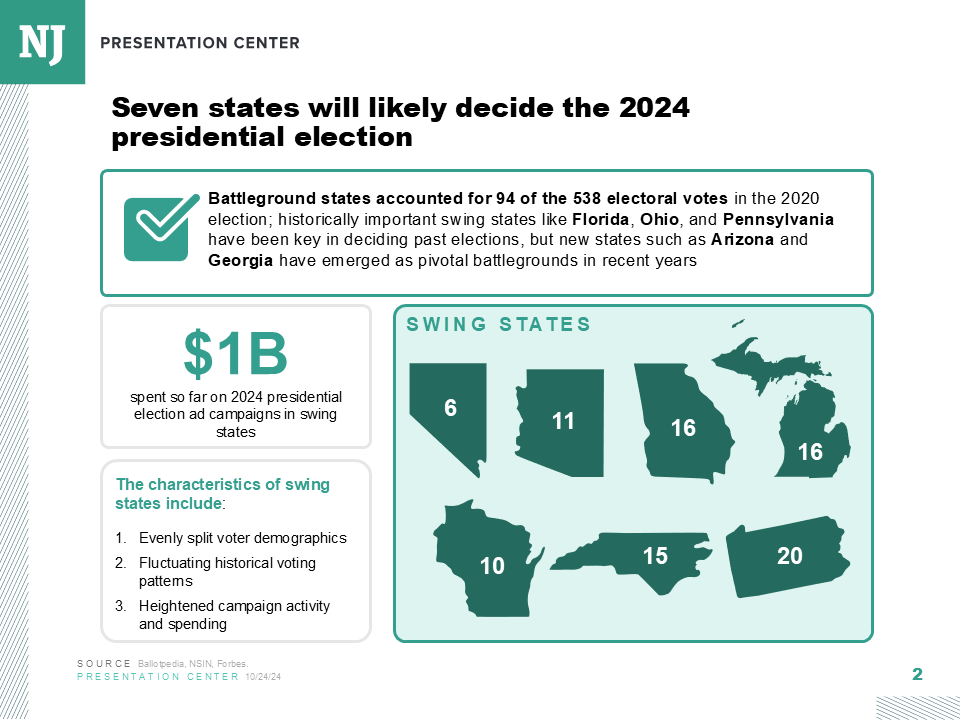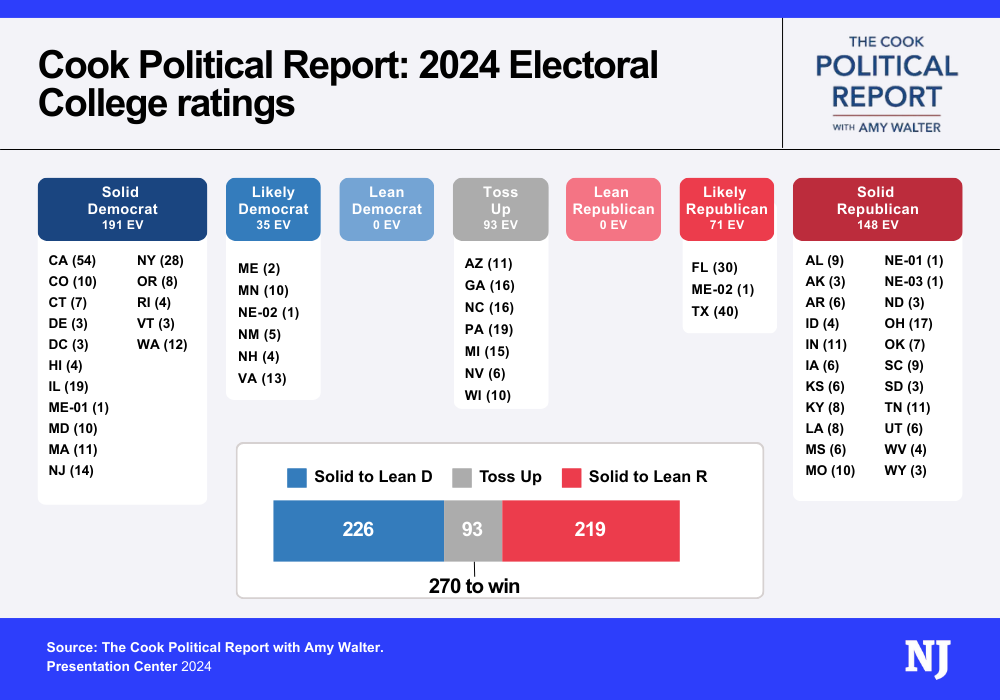A change to how texts are delivered on iPhones threatens to upend millions of dollars in political fundraising, as well as the process of campaign polling, a little more than a year before voters head to the polls in the midterms.
Apple’s newest update, iOS 26, is expected to roll out next month. Part of the update will include filtering texts from unknown numbers into a separate folder, requiring users to approve them on a case-by-case basis.
The update has the potential to shock the political world. Campaigns and committees use text messaging to solicit fundraising, as well as coordinate get-out-the-vote efforts. iPhones make up about 60 percent of mobile devices in the U.S., and 70 percent of small-dollar donations are via text, according to a memo from the National Republican Senatorial Committee last month. The NRSC warned that it stands to lose up to $25 million thanks to the update.
Pollsters also rely on digital outreach via the iPhone’s messaging app as they try to reach representative samples. The use of texting in polls has grown in popularity since 2020, as pollsters attempt to diversify their methods of reaching respondents after missing the mark in the 2016 and 2020 elections.
The new filter likely won’t mean political texters abandon the platform altogether but will instead incentivize opt-in text campaigns.
Text is slightly more expensive than email, which costs virtually nothing to send en masse. But the rate of return on texts is much higher than email.
It’s unlikely campaigns can make up any losses from fewer text responses with additional spending on email, which is essentially already maxed out. Campaigns may need to expend more resources to reach the same number of people to meet a fundraising goal or a voter pledge.
“This is just going to make it harder,” said Kelly Dietrich, CEO and founder of the National Democratic Training Committee, which fundraises on its own behalf and also assists Democratic candidates with their campaigns. “It’s going to require more money. It’s not helping to grow the political system of the United States.”
Many campaigns share contact lists, meaning if you donated to one political campaign you might receive texts from other, completely separate campaigns or political action committees. Campaigns also harvest phone numbers from voter-registration records or purchase them from data brokers. And if you donated to a candidate’s previous campaign, you’re likely to start receiving texts from his reelection campaign.
If opt-in texting becomes the default, this all becomes more difficult.
“One of the issues with campaign text messages right now is the vast majority of the time, people have never opted into this at all,” said Albert Fox Cahn, executive director of the Surveillance Technology Oversight Project. “A lot of the campaign consultants who are complaining about this change are the ones who brought it about by rampantly selling text message lists for years.”
Pollsters may see less of a threat to their bottom line, but they will need to adjust the way they compile their samples based on the filter.
Robert Cahaly, chief pollster at the Trafalgar Group, said pollsters will need to evaluate which demographics are less strongly represented as Apple rolls out the text filter. He said Trafalgar is considering sending out links for respondents to add the pollster’s number to their contacts.
“I don’t know that it’s an extinction-level event for text polling, but it is certainly something that if you’re not aware of it, not thinking about it, you could get caught in the mess,” Cahaly said.
While Apple’s text filter threatens the political fundraising schematic, users have been asking for a reprieve from political texting for years. More than 15 billion political texts were sent in the U.S. in 2022, according to the call-blocking service Robokiller.
“You have better response rates when the people who are getting your messages actually want to get them,” said Lloyd Cotler, founder of Banter Messaging and former SMS director for Hillary Clinton’s 2016 campaign.
Drives to get users to respond to text campaigns may get more creative. It’s easy for recipients to click on a donation link in a message but less natural for them to respond “yes” to a request to donate.
“We’re going to have to pepper in messages that encourage people to reply, to tell us about themselves,” Cotler said.
For instance, campaigns might use text threads to ask supporters which social media they prefer, then direct them to a promotional link on that platform, according to Cotler.
Another struggle will be for up-and-coming candidates who do not have a network to ask to intentionally receive texts. Those scrappier candidates may need to add opt-in elements to other forms of outreach, such as adding a number to text at the bottom of television advertisements and social media posts or adding inserts with information on how to sign up for texts in physical mailers.
“There’s always new things to do, but for the most part, you’re tacking text onto your existing advertising stack and opening it up as a channel for people who would prefer to use that versus something else,” Cotler said.
This latest move from Apple is similar to when Gmail introduced tabbed inboxing in 2013, which gave email marketers an opportunity to rebound.
“The mass marketing era of campaigns is coming to a close,” said Eric Wilson, executive director of the Center for Campaign Innovation.

